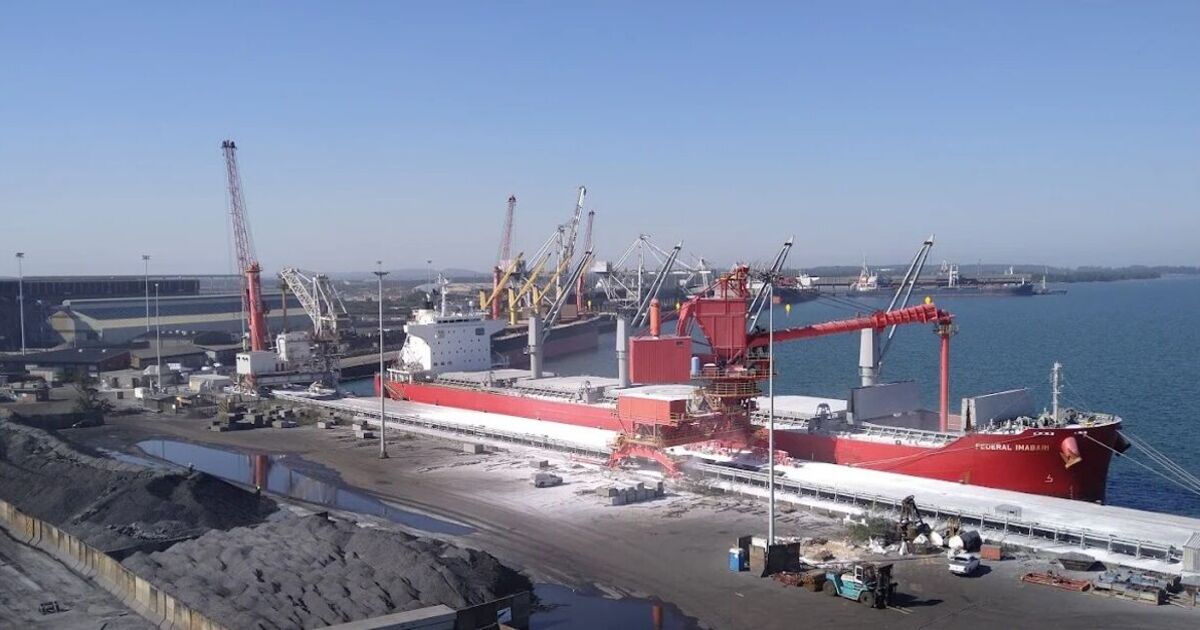Energy demand in Africa is set to rocket by 82 percent by mid-century as nations across the continent look to grow their economies.
One major project underway to help meet this demand is the construction of a Liquified Natural Gas (LNG) import terminal in South Africa.
The terminal will be located at Richards Bay on the east coast, the first of its kind in the country.
It is expected to cost over seven billion rand (£306 million) and will initially import two million tonnes per annum (mtpa) of LNG by 2027.
Officials hope to ramp that figure up to five million tonnes by 2036, as they seek to boost energy security for the country.
South Africa’s government awarded a 25-year concession for the Richards Bay development to the Dutch company Vopak VOPA.AS
It is the first of three planned coastal gas import hubs, as the government plans to develop at least 6,000 MW of new gas-to-power projects.
The other two are planned to be built at Ngqura and Saldanha Bay deep-water ports, while four other ports are being considered for hosting small and medium-scale LNG facilities.
South Africa is facing a potential energy crisis in 2026 due to a crippling shortage of gas.
Petrochemical firm Sasol SOLJ.J sent notices last year warning its methane-rich gas supply would end from June 2026 as its gas fields in Mozambique deplete.
The company transports almost all of South Africa’s gas needs, which total 190 petajoules per year, from neighbouring Mozambique to its Secunda plant via the Rompco pipeline.
Synthetic gas then leaves Secunda via the Lilly pipeline for customers in the eastern coastal region of KwaZulu Natal.
The CEO of Ardagh Glass Packaging Africa told the website tankerterminals.com that a gas supply crunch “would precipitate a national crisis” if it occurs.
Unlike the reduction of power during “load shedding”, there will be zero supply of this fuel source and operations will likely close,” Chief Executive Paul Curnow said.
South Africa suffers regular power outages, locally known as “load shedding”.
Africa as a continent has some 625.6 trillion cubic feet of natural gas reserves, almost as much as the United States.







